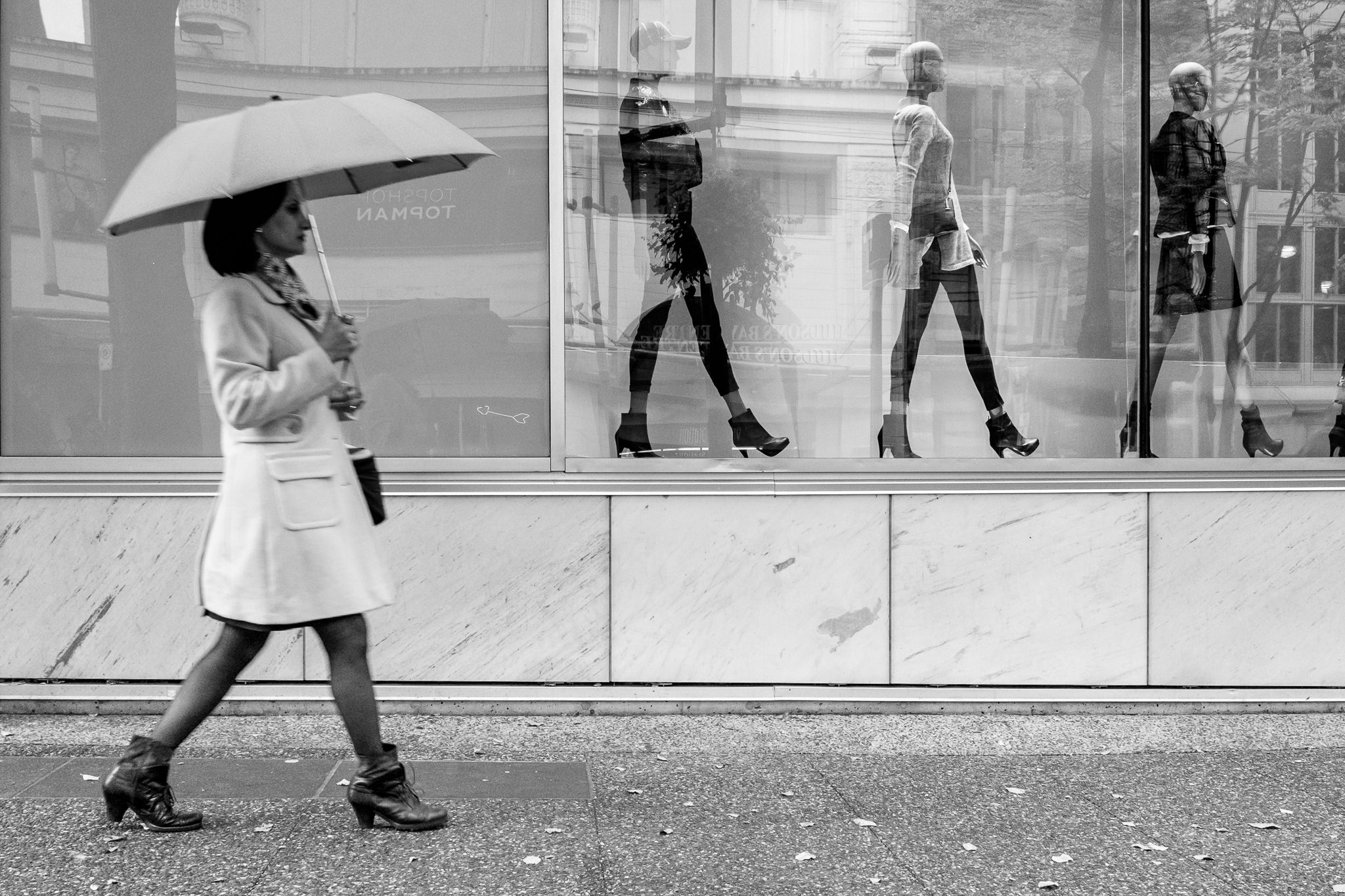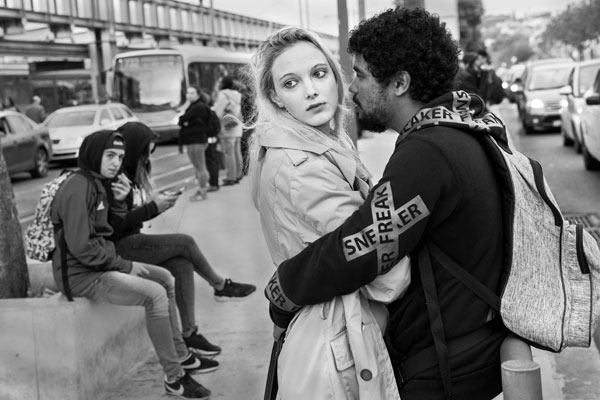How Framing Streets can Save You Time, Stress, and Money.
How Framing Streets can Save You Time, Stress, and Money.
Blog Article
Framing Streets Things To Know Before You Buy
Table of ContentsFraming Streets for BeginnersFraming Streets - The FactsA Biased View of Framing StreetsThings about Framing StreetsLittle Known Facts About Framing Streets.Framing Streets Can Be Fun For Anyone
, normally with the goal of recording images at a crucial or emotional moment by cautious framing and timing. https://www.blogtalkradio.com/framingstreets1.
Framing Streets - Truths
Susan Sontag, 1977 Road photography can focus on individuals and their behavior in public. In this regard, the road professional photographer resembles social documentary digital photographers or photojournalists who also operate in public areas, but with the aim of recording relevant events. Any of these professional photographers' photos may capture people and residential property visible within or from public locations, which frequently involves browsing ethical concerns and regulations of personal privacy, safety and security, and home.
Representations of daily public life develop a genre in almost every period of globe art, beginning in the pre-historic, Sumerian, Egyptian and early Buddhist art periods. Art handling the life of the road, whether within views of cityscapes, or as the leading concept, appears in the West in the canon of the North Renaissance, Baroque, Rococo, of Romanticism, Realism, Impressionism and Post-Impressionism.
Not known Facts About Framing Streets
Louis Daguerre: "Boulevard du Holy place" (1838 or 1839) In 1838 or 1839 the initial photo of figures in the road was taped by Louis-Jacques-Mand Daguerre in one of a set of daguerreotype views drawn from his workshop home window of the Boulevard du Temple in Paris. The 2nd, made at the elevation of the day, reveals an unpopulated stretch of road, while the other was taken at regarding 8:00 am, and as Beaumont Newhall reports, "The Boulevard, so continuously loaded with a relocating crowd of pedestrians and carriages was perfectly solitary, except an individual that was having his boots cleaned.
, that was influenced to take on a comparable documents of New York City. As the city created, Atget aided to promote Parisian streets as a deserving subject for photography.

All About Framing Streets
Between 1946 and 1957 Le Groupe des XV yearly exhibited job of this kind. Andre Kertesz. Circus, Budapest, 19 May 1920 Road digital photography formed the major web content of 2 exhibits at the Gallery of Modern Art (Mo, MA) in New york city curated by Edward Steichen, 5 French Digital Photographers: Brassai; Cartier-Bresson, Doisneau, Ronis, Izis in 1951 to 1952, and Post-war European Photography in 1953, which exported the principle of road photography internationally.

Some Known Details About Framing Streets
The recording maker was 'a hidden electronic camera', a 35 mm Contax hidden beneath his layer, that was 'strapped to the upper body and attached to a lengthy cable strung down the appropriate sleeve'. Nonetheless, his job had little contemporary effect as due to Evans' level of sensitivities concerning the originality of his project and the privacy of his topics, it was not published up until 1966, in guide Several Are Called, with an intro written by James Agee in 1940.
Helen Levitt, then an educator of kids, related to Evans in 193839. She documented the temporal chalk illustrations - vivian maier that became part of kids's road culture in New york city at the time, in addition to the kids that made them. In July 1939, Mo, MA's brand-new photography area consisted of Levitt's job in its inaugural exhibitRobert Frank's 1958 publication,, was considerable; raw and commonly out of focus, Frank's photos questioned conventional digital photography of the time, "challenged all the official guidelines set by Henri Cartier-Bresson and Pedestrian Evans" and "flew in the face of the wholesome pictorialism and sincere photojournalism of American publications like click over here now LIFE and Time".
Report this page